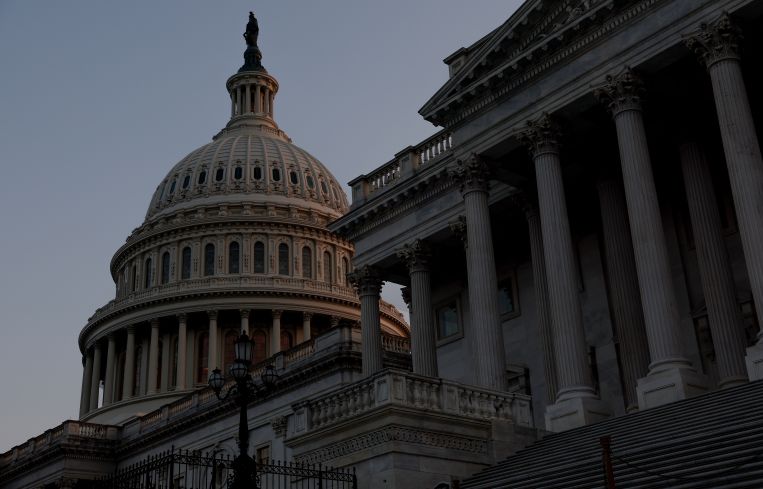Real Estate Needs to Start Using the Tax Credits It’s Getting
By Marta Schantz and Kara Kokernak October 24, 2023 9:30 am
reprints
Congress is now showering the real estate industry with billions of dollars in tax incentives to encourage construction of new energy-efficient homes and offices — and to retrofit existing ones.
Yet very few firms have taken advantage of these unprecedented tax breaks so far for reasons ranging from uncertainty about how they work to unfamiliarity with green building technologies to concerns about adding expense to projects.
Our message to you: Don’t wait. It’s go-time to include this new federal funding in your pro formas today. Credits mostly take effect with occupancy. It can take years to get from design to substantial completion and ribbon cutting. It’s time to plan ahead.
Part of the problem is simply a lack of awareness. The Inflation Reduction Act — the law that expanded these credits — is barely a year old, and federal agencies are still finalizing some of the guidance surrounding its implementation. Keeping up with the latest developments can be challenging, but the broad outlines are clear enough to start planning.
Another reason for the slow uptake of IRA incentives is that decarbonization technologies are new to many builders. They may accordingly be reluctant to introduce them and the uncertainty they bring to financing, planning and construction.

That reluctance is understandable — but it’s also shortsighted. The real estate industry needs to be at the center of the effort to fight climate change: Buildings account for 40 percent of all carbon emissions worldwide.
In fact, these technologies make good business sense. Consumers want them. Buildings will have higher performance with them. Real estate professionals who seize the initiative and are ready to deliver green buildings will be amply rewarded.
Another source of hesitancy is the upfront cost of energy efficiency upgrades. Retrofits for large apartment complexes or skyscrapers can run into the millions. But the IRA is helping make the overall investment less daunting thanks to new and expanded (read: improved) tax incentives.
Section 179D of the tax code, for example, was created in 2005 to offer tax deductions for energy-efficient retrofits of commercial buildings. The problem with 179D, however, was that it required congressional reauthorization every two years, and, in fact, even lapsed temporarily in 2016. Retrofit projects don’t often get from conception to completion within a calendar year. Because developers couldn’t count on the deduction, many shied away from such projects.
Fortunately, the IRA made significant changes to 179D, lowering barriers to eligibility for the deduction, increasing maximum deduction amounts, and, most importantly, making the changes permanent.
The IRA also expanded tax credits for energy efficiency and renewable energy investments to cover exciting new technologies, with additional incentives for installing them in low-income areas and for paying workers a “prevailing wage” — the hourly wage paid to a majority of similarly employed workers within a specific area.
For instance, consider the Section 48 tax credit to support investments in net-zero emissions energy production, including solar energy, microturbines and geothermal heat pumps as well as investment in climate-friendly tech solutions. Clean energy technology like this has long been considered an expensive investment, limiting its implementation to wealthier areas.
But the Urban Land Institute’s recent “Net Zero for All” report outlines how this is changing. Not only does real estate have a role in ensuring an equitable transition to a more sustainable economy, but there is also a compelling business case for jumping in. Similarly, ULI’s report, “Renewable Energy Strategies for Real Estate,” demonstrates that decarbonization can both meet climate responsibilities while adding “value for the building, tenants, investors and community.”
The IRA also enables real estate investment trusts to receive and transfer tax credits. That’s a big change. REITs previously couldn’t access these credits because they don’t pay taxes directly, but rather distribute revenue as dividends to their investors, who then pay taxes.
REITs own more than $4.5 trillion in gross assets in the United States. Allowing them access to the tax advantages will make decarbonization projects much more alluring, greatly increasing the incentivizing reach of these federal dollars.
The real estate industry, like many others, is experiencing a period of economic uncertainty. The post-pandemic world of higher interest rates and changing occupancy patterns is concerning for many. But one thing has become clear: There is a strong business case for decarbonization in both new and existing buildings. Real estate leaders would be wise to incorporate these new federal incentives into their plans starting now.
Marta Schantz is co-executive director of the Randall Lewis Center for Sustainability in Real Estate at the Urban Land Institute. Kara Kokernak is a senior director at the center.



